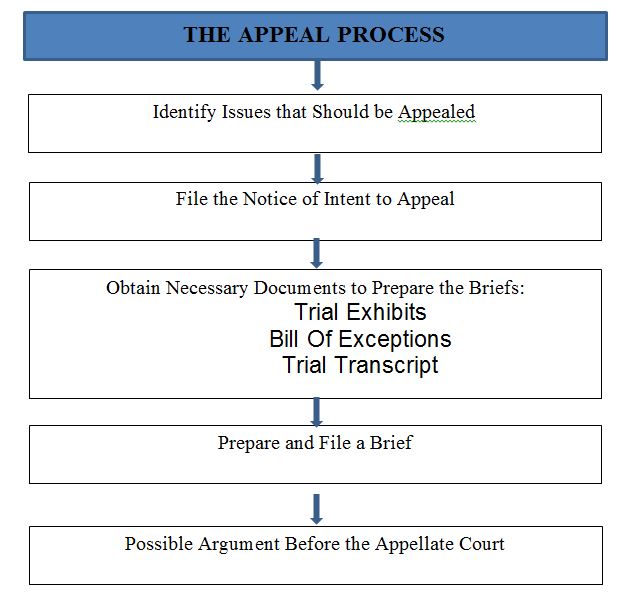Tennessee v. Garner, 471 U.S. 1 (1985): Case Analysis
Summary

The Timeline of the Appeals Process
Petition on 30th October 1984: The Appellant brought the case to the court’s notice in this case study. According to Tennessee law, once an enforcement official has given orders to seize an offender and the criminal flees on purpose or resists being arrested, the police officers are free to use any method to apprehend the criminal (Oyez, 2022). In this particular verdict, the police defended himself, stating that he shot and killed the victim as he was accused of vulgarizing, which Tennessee law supports this measure.
He instates that the complaint son was urged to come to a halt and surrender, but he jumped over the fence, leading to the police using deadly force. In the preceding courts, the garner son was declared to have been unarmed and a minor. Thus, he did not pose any substantial threat to the officer (Justia US Supreme Court, 2022). Through this implication, the father launched a federal lawsuit, claiming that the police had excessively violated his son’s rights. Despite that, the District Court’s ruling declared that the officer’s measures were legal. As a result, this led to the Appellant filing a petition in the United courts of Appeals.
Petition on 27th March 1985: The appeal courts capsized the district court’s earlier decision. The courts concluded that the arrest through intemperate force contravened the 4th adjustment of the United States Constitution, which states that the suspect’s sovereignty is fundamental (Lexisnexis, 2022). Although burglary is a serious crime, the courts also acknowledged that the suspect at hand was young, unarmed, and small and thus did not present significant intimidation to the officer.
Facts of the Appeals
The central objective of the petition was to initiate imparity to the complaint and to bring the conduct of police agents regarding felonious suspects into the spotlight. The courts of Appeal argued that assassinating an escaping suspect is a convulsion that contradicts the United States Constitution’s 4th adjustment. Only appropriate coercion should be used, especially when the lawbreaker or suspect does not inaugurate a relentless to the public safety or police agents. The judges in the court instigated that Tennessee law did not permit the police agents to use unreasonable force when arresting Garner’s son.
Outcome
In the Federal District Court, the judges endorsed the Tennessee law paradigm that a police officer could use enormous force to arrest a perpetrator. Moreover, they established that the police doings were legal. The United States Court of Appeal overturned the District Court’s prior judgment. According to the Court of Appeal, the Tennessee law not only has adverse effects on the victims but is also unconstitutional (Justia US Supreme Court, 2022). Moreover, its judgment declared that Garner’s son was non-dangerous, a minor, and unarmed and could not have presented an adverse threat to the police agent’s life. Hence the legal force toward the perpetrator was unnecessary. As a result, such lethal force against the suspect was superfluous. Based on the facts above, the Court of Appeal resolved the case in favor of the plaintiff.
Change
This case is significant in the U.S. legal system because it pushed the issue of police brutality into the public eye. The Tennessee law did not safeguard the suspect’s rights, so the statute was altered to solve the problem (Superson, 2019). There should be an equilibrium linking the government’s welfare and the accused rights. A police agent may use appropriate force to arrest a subject but not assassinate them.
References
Justia US Supreme Court. (2022). Tennessee v. Garner, 471 U.S. 1 (1985). Justia Law. Web.
Lexisnexis. (2022). Ohio v. Clark Case Brief for Law School. lexisnexis.com. Web.
Oyez. (2022). Maryland v. Kulbicki. Oyez.org. Web.
Superson, O. (2019). Legal acts in the legal acts system. Comparative-Analytical Law, (6), 44-47.
